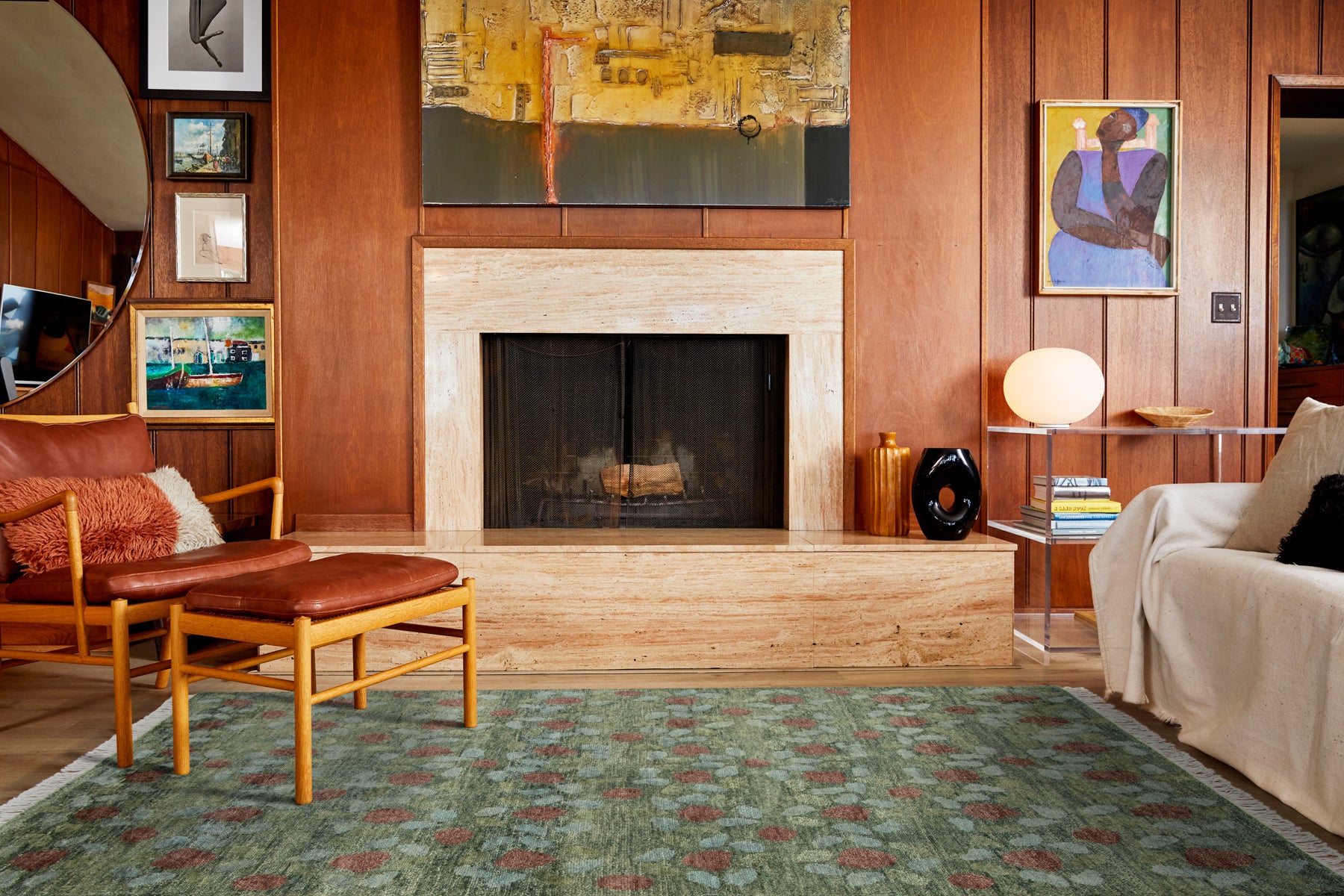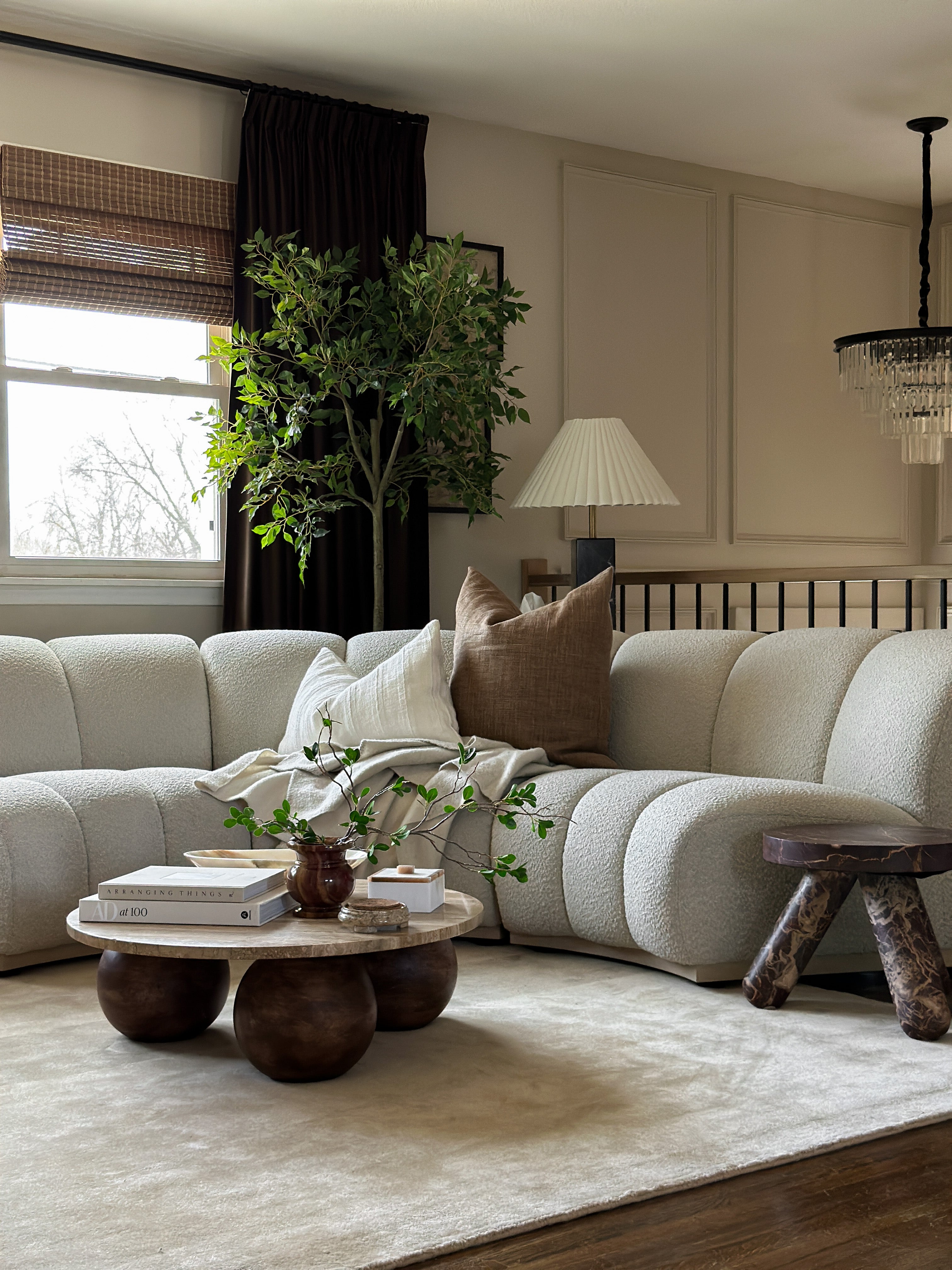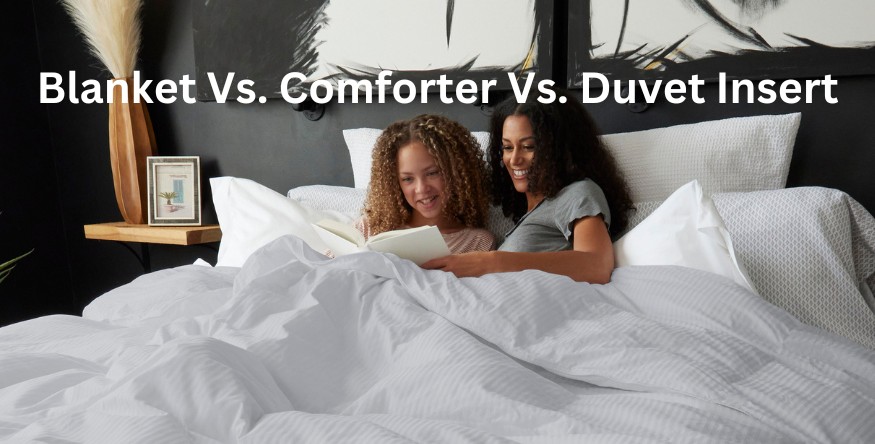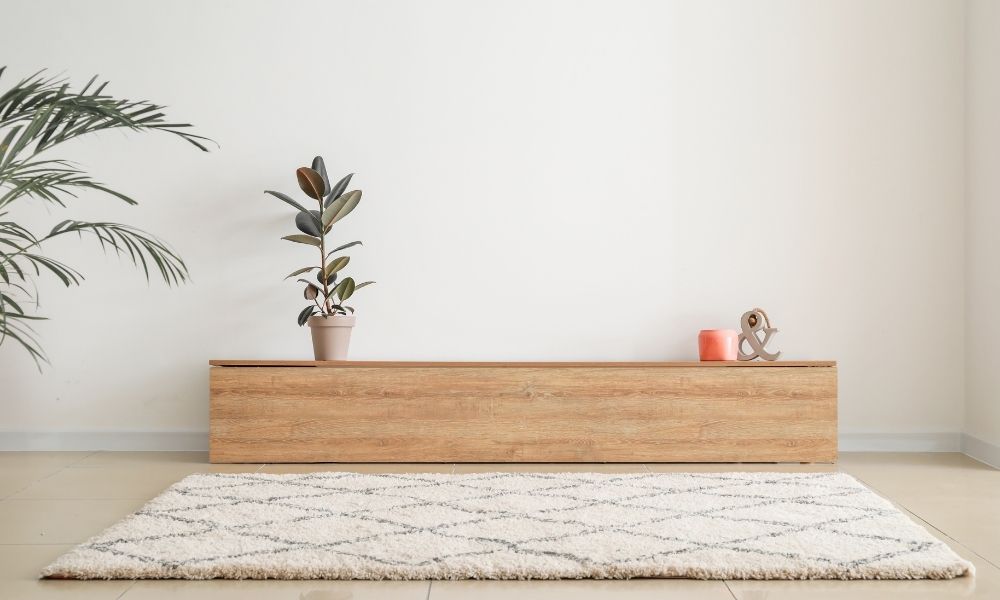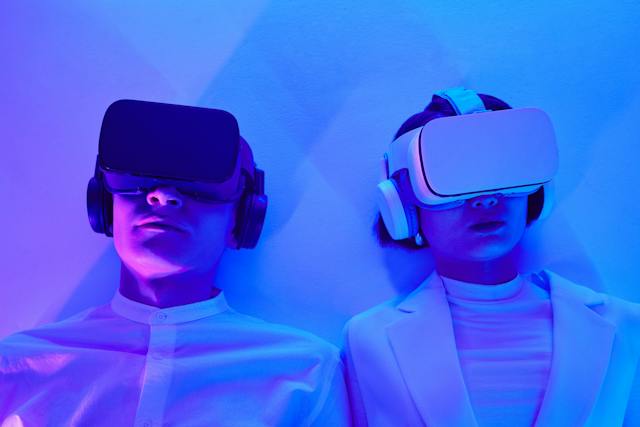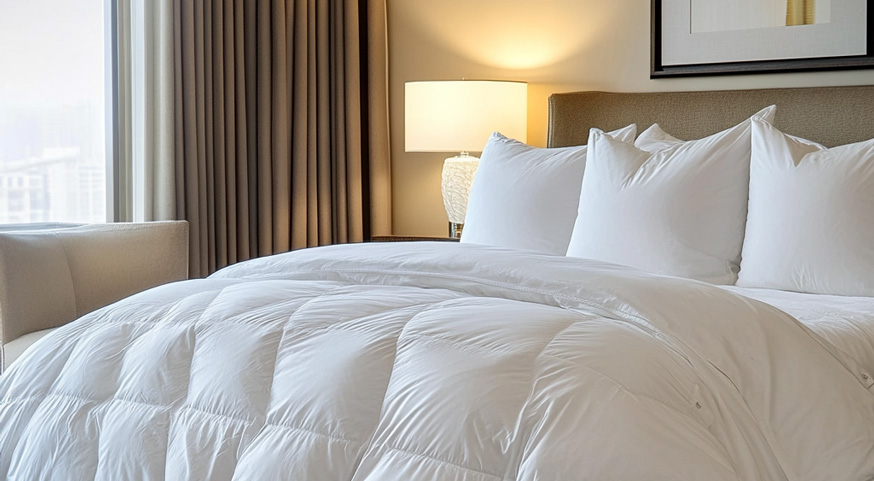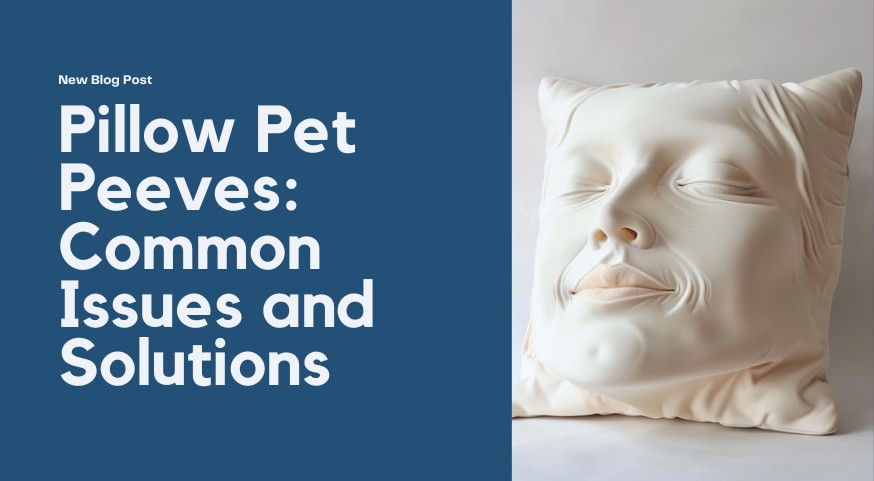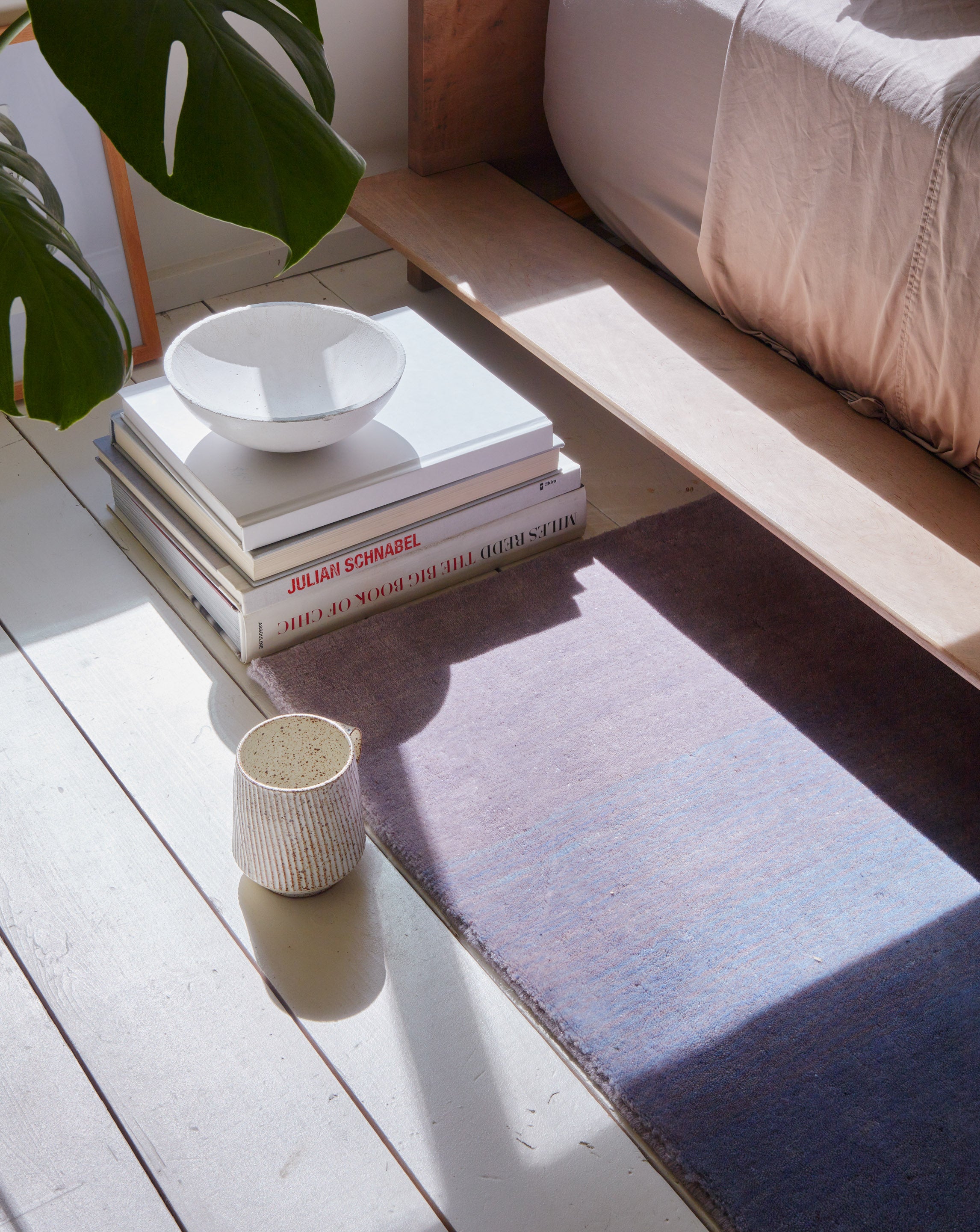

The term ombré, accent and all, originates from French, where it implies “shaded”; the French word itself returns to the Latin word for color, umbra However you can state that the change in between shades and tones that ombré is understood for has actually constantly existed: it’s located almost almost everywhere in nature, from rainbows to sundowns, bodies of water to blossoms and plants.

Quick onward greater than a century and ombré discolored (no word play here meant!) rather behind-the-scenes in the art and layout globes. Cue the 1970s, with the introduction of electronic art and musicians that included frankly visuals, smooth shade slopes. By this factor, ombré was utilized in different instructions: direct, radial, and axial shade shifts, and they were electronically developed as opposed to by hand. And by the 1990s, shade slopes came to be a preferred method to include shade and deepness to layouts, particularly ones produced on computer systems (taking a look at you, Photoshop!).

We have actually released a collection of ombré carpets crafted in Bhadohi, India out of a mix of woollen from Sardinia and India on a cotton structure. Woven in an incredibly limited heap, they’re the best enhancement to almost any type of area. Make use of one to loop various tones in a shade scheme or to include deepness, structure, and aesthetic passion to a single area that could or else be doing not have. Unlike the majority of ombré carpets, ours have a slope which runs up and down as opposed to flat, including an additional dosage of aesthetic passion.

We like the versatility of these carpets due to the method they integrate numerous shades or tones in a solitary item that can vary from moody and restrained (like our Dawn colorway, which discolors from mauve-ish beige to light pink) to strong and intense (have a look at the reds and oranges of our Midday carpet). And due to their visuals nature, they can have a large effect, also in little dosages!

